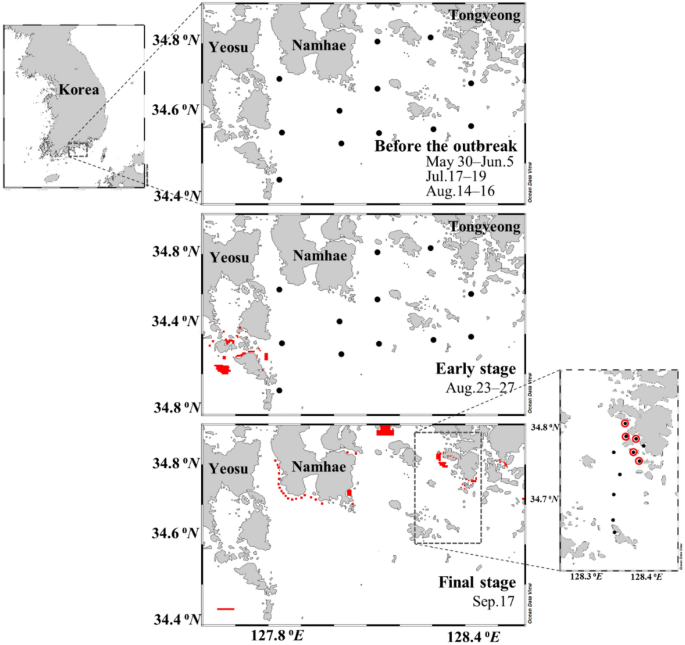sixty_reefer
5000 Club Member
View BadgesArticle Contributor
UK Reef Club Member
Hospitality Award
R2R Research
The author of the article believes that is chemical warfare produced by the bacteria that minimise and eventually eradicate the dinoflagellates. My take on it is slightly differentI can advise on carbon dosing for other purposes, such as growing bacteria as filter feeder food or reducing nutrients, but I have no idea what dose, if any, is optimal in dealing with dinos.




















